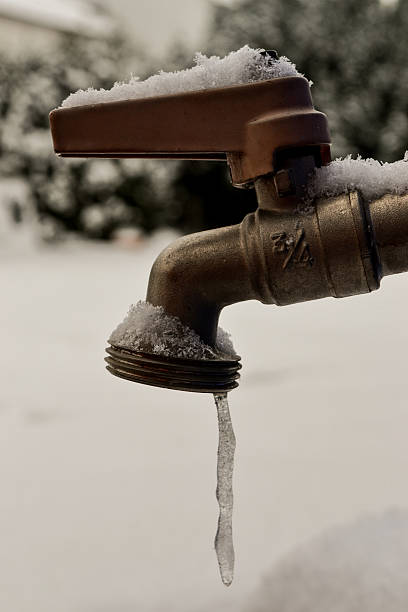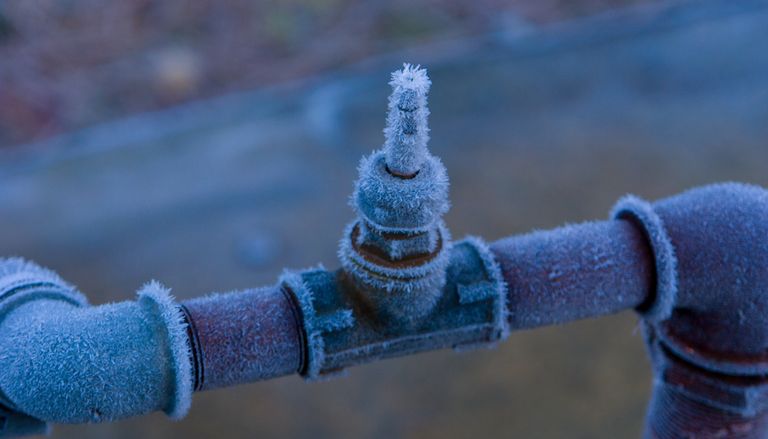Tips to Defend Plumbing System from Cold Weather: Critical Strategies
Tips to Defend Plumbing System from Cold Weather: Critical Strategies
Blog Article
We have stumbled upon this article pertaining to Prevent Frozen Pipes directly below on the net and concluded it made perfect sense to talk about it with you over here.

Cold weather can wreak havoc on your plumbing, especially by freezing pipes. Here's exactly how to avoid it from taking place and what to do if it does.
Introduction
As temperature levels decrease, the danger of icy pipelines rises, potentially leading to pricey fixings and water damages. Understanding exactly how to stop frozen pipes is essential for property owners in chilly climates.
Avoidance Tips
Shielding prone pipelines
Wrap pipelines in insulation sleeves or make use of warm tape to shield them from freezing temperatures. Concentrate on pipes in unheated or external areas of the home.
Heating strategies
Keep indoor spaces appropriately warmed, particularly areas with pipes. Open up cupboard doors to allow warm air to flow around pipes under sinks.
How to identify icy pipes
Try to find lowered water flow from taps, unusual smells or noises from pipelines, and noticeable frost on revealed pipes.
Long-Term Solutions
Architectural adjustments
Think about rerouting pipelines away from outside walls or unheated areas. Add added insulation to attics, cellars, and crawl spaces.
Upgrading insulation
Purchase top quality insulation for pipes, attics, and wall surfaces. Correct insulation helps maintain constant temperature levels and decreases the threat of frozen pipes.
Shielding Outside Plumbing
Yard tubes and outdoor taps
Disconnect and drain garden hoses before winter. Mount frost-proof spigots or cover outdoor taps with insulated caps.
Comprehending Frozen Pipes
What causes pipelines to freeze?
Pipes freeze when revealed to temperature levels listed below 32 ° F (0 ° C) for extended periods. As water inside the pipes freezes, it expands, taxing the pipeline wall surfaces and potentially causing them to break.
Risks and problems
Frozen pipes can cause water supply disturbances, residential or commercial property damage, and costly repairs. Ruptured pipes can flooding homes and cause comprehensive architectural damages.
Indications of Frozen Piping
Identifying frozen pipelines early can avoid them from rupturing.
What to Do If Your Pipelines Freeze
Immediate actions to take
If you believe icy pipelines, keep taps available to eliminate pressure as the ice melts. Make use of a hairdryer or towels soaked in warm water to thaw pipes slowly.
Conclusion
Stopping frozen pipelines needs aggressive actions and fast actions. By comprehending the causes, indications, and safety nets, house owners can shield their pipes during cold weather.
6 Proven Ways to Prevent Frozen Pipes and Protect Your Home
Disconnect and Drain Garden Hoses
Before winter arrives, start by disconnecting your garden hoses and draining any remaining water. Close the shut-off valves that supply outdoor hose bibs and leave the outdoor faucet open to allow any residual water to drain. For extra protection, consider using faucet covers throughout the colder months. It’s also important to drain water from any sprinkler supply lines following the manufacturer’s directions.
Insulate Exposed Pipes
Insulating your pipes is an effective way to prevent freezing. Pipe insulation is readily available at home improvement stores and is relatively inexpensive. Pay close attention to pipes in unheated areas such as the attic, basement, crawl spaces, or garage. Apply foam insulation generously to create a buffer against the cold. You can also wrap your pipes in heat tape or thermostat-controlled heat cables for added warmth.
Seal Air Leaks
Inspect your home for any cracks or openings that could let in cold air. Seal any holes around the piping in interior or exterior walls, as well as the sill plates where your home rests on its foundation. Additionally, make sure to keep your garage door closed unless you’re entering or exiting. Leaving it open creates a significant air leak that can lead to frozen pipes.
Allow Warm Air Circulation
During cold snaps, it’s essential to allow warm air to circulate evenly throughout your home. Leave interior doors ajar to promote better airflow. Open kitchen and bathroom cabinets to help distribute heat consistently around the rooms. If you have small children or pets, be sure to remove any household chemicals or potentially harmful cleaners from open cabinets for safety.
Let Faucets Drip
A small trickle of water can make a big difference in preventing ice formation inside your pipes. When temperatures drop significantly, start a drip of water from all faucets served by exposed pipes. This continuous flow helps prevent the water from freezing. Additionally, running a few faucets slightly can relieve pressure inside the pipes, reducing the chances of a rupture if the water inside does freeze.
https://choateshvac.com/6-proven-ways-to-prevent-frozen-pipes-and-protect-your-home/

Do you really like reading about How To Avoid Freezing Pipes? Leave a remark below. We would be pleased to hear your ideas about this article. In hopes that you come back again before long. If you enjoyed our blog entry kindly be sure to pass it around. I praise you for your time. Please visit our blog back soon.
Booking Report this page